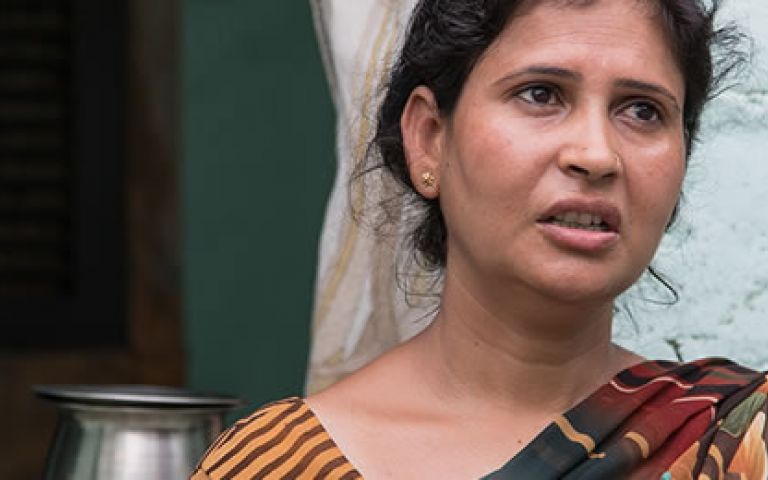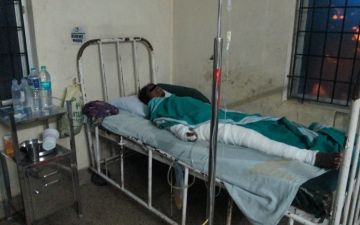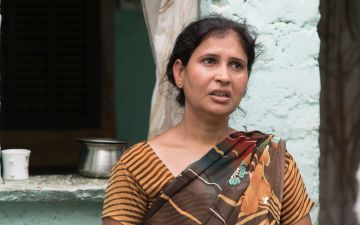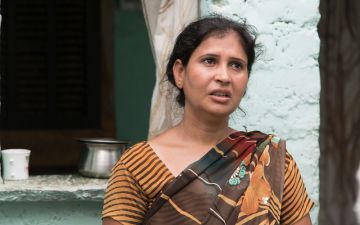Marriage in India is steeped in traditions and deep-rooted cultural beliefs. Practices are passed down by word of mouth and in some cases, re-interpreted to align with the changing times. There is, however, one custom that stubbornly resists change: the dowry system.
In India, it has its roots in medieval times when a gift in cash or kind was given to a bride by her family to maintain her independence after marriage. During the colonial period, it became the only legal way to get married, with the British making the practice of dowry mandatory. The trend in present India, with its booming economy, is now encouraging ever-higher bride prices among all socioeconomic strata. But the rising bride price has brought with it an increase in violence against women.
Dowry violence is usually perpetrated by the husband or the in-laws in a bid to extract a higher dowry from the bride's family. The dowry price paid at the time of marriage may be significant, but the greed of husbands and in-laws can grow after marriage. This frequently translates into physical, mental or sexual violence against the bride. The violence ranges from slashing genitalia or breasts with razors to burning her alive by pouring kerosene on her. In some cases, women are driven to suicide.
Although seeking a dowry has been outlawed in India since 1961, the ban has been a challenge to enforce. An amendment to the law in 1986 mandated that any death or violence within the first seven years of marriage would be tried as related to dowry. The reality is that most cases of dowry violence go unreported.






